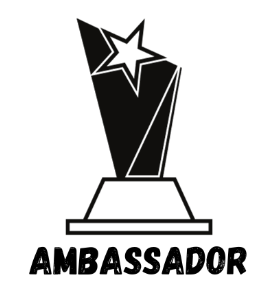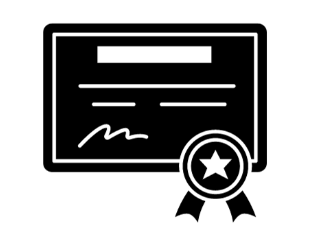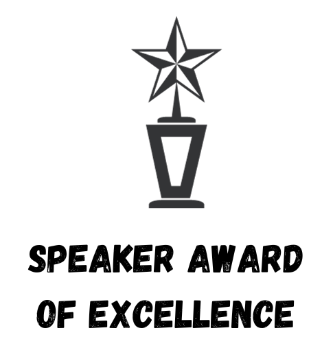
The motivator response in our brain triggers us to take action and rewards us with a dopamine rush. It's a surge of good feelings following a pleasant experience. It's as old as man himself.
A key part of survival, the primal brain includes a series of triggers that make us take action.
When we take the action, it rewards us with what is called a dopamine rush. It’s that good feeling we get from eating ice cream, chocolate, and the like.
Table of Contents
Our caveman ancestors spent a lot of time searching for food. Can you imagine trudging out there hunting for an animal to kill? Hot. Cold. Windy. Wild carnivores looking to eat you.
It took strong motivation to do it. The primal brain drove them on. When they did see an animal, maybe rabbits, deer, bison...or a wooly mammoth, their brain rewarded them. It offered triggered good feelings.
The reward of satisfaction and anticipation spurred them on to the kill. Success...more good feelings rewards.
We’ve come a long way, but our brain hasn’t changed. We get a dose of adrenaline to escape a potential accident from the crazy driver in front of us. Or the idiot pedestrian who steps out into the street without bothering to check if there are cars coming.
We get the feel-good rush from foods we like and more. We are rewarded for finding a mate, having a baby, having a circle of friends, being a part of the team.
All of these trigger a dopamine rush.
Men get an emotional high from an action movie or a football game.
Women get their highs from finding a perfect gift for a friend, bringing someone joy, getting a hug. Or a positive shopping experience.
When we get one of those responses, it triggers us to repeat the behavior.
If you have a clear avatar of your customer, the dopamine rush can be effectively triggered in marketing efforts. Our goal in their interactions with our business, or brand, is a positive experience that triggers the rush. If we succeed, they are likely to return to purchase again.
It must be a positive experience to get this trigger. Poor experiences with any touchpoint of our interactions trigger the opposite response and drive them away.
So before any active marketing campaign is undertaken we need to make sure all interactions lead to a positive experience. Website design, navigation, content, customer support, purchasing, post-purchase, shipping, and delivery all need to be positive.
Then we can undertake to target the dopamine response in our marketing efforts. We can implement them on our website, social media, and emails.
All three techniques tie into the fact we are reward-driven pleasure seekers. As much as we want to avoid pain or injury...we seek pleasure. There are several ways to get that result. Here are three techniques.
You can trigger the rush by creating excitement. Offer them fun. Let them win something.
You can generate excitement with a contest. We are driven to try to win, come out on top.
Flashing lights create excitement.
Having a winning ticket creates excitement.
Winning at bingo triggers a reward response.
Lottery bingo games trigger the response. State lottery games and casino gambling trigger the response. Sometimes so effectively that people become addicted.
Safeway uses this annually. So does Publisher Clearing House.
So do game shows and every business that put contests on Facebook or Instagram.
Generate anticipation and curiosity by incorporating trigger words. Focus on words that generate curiosity, imagination, and anticipation.
Use words and phrases that make intrigue your customer and make them want answers.
Free samples, free trials, and free demos work well. Feeling like we got more than we paid for absolutely triggers the response.
Stay in touch...if we know and like a brand, we like to hear from them. Stay in touch in a way that feels individualized and personal. You can use phone, text, or emails. They all strengthen the bond and trigger the rush.
Games make things fun. They give us rewards. And reward programs attract us. That’s why we sign up for them even if we don’t use them.
If we can fire up their anticipation for getting those “points” a bigger discount, or a free gift, we have a home-run.
Does your reward program offer multiple levels? Who wants to be in the “entry-level” group?
If we’re interested, we want more. Our seek pleasure drive wants us to have achievement and recognition. We want to be in “the group.” We want to be elite. ...all dopamine rush triggers.
Want to read more about how rewards programs can benefit your business and learn about different types. See my companion article here
When I work with clients we start with their target customer and the type of RAS triggers that they respond to. Then we develop the plan and the rewards system that best suits them. Need help? Message me: [email protected].
You might also enjoy these articles:
 Judith Culp Pearson receives three top honors
Judith Culp Pearson receives three top honors
at the annual Society of Permanent Cosmetic Professionals in
Ft. Worth, Texas - October 7-9, 2023




